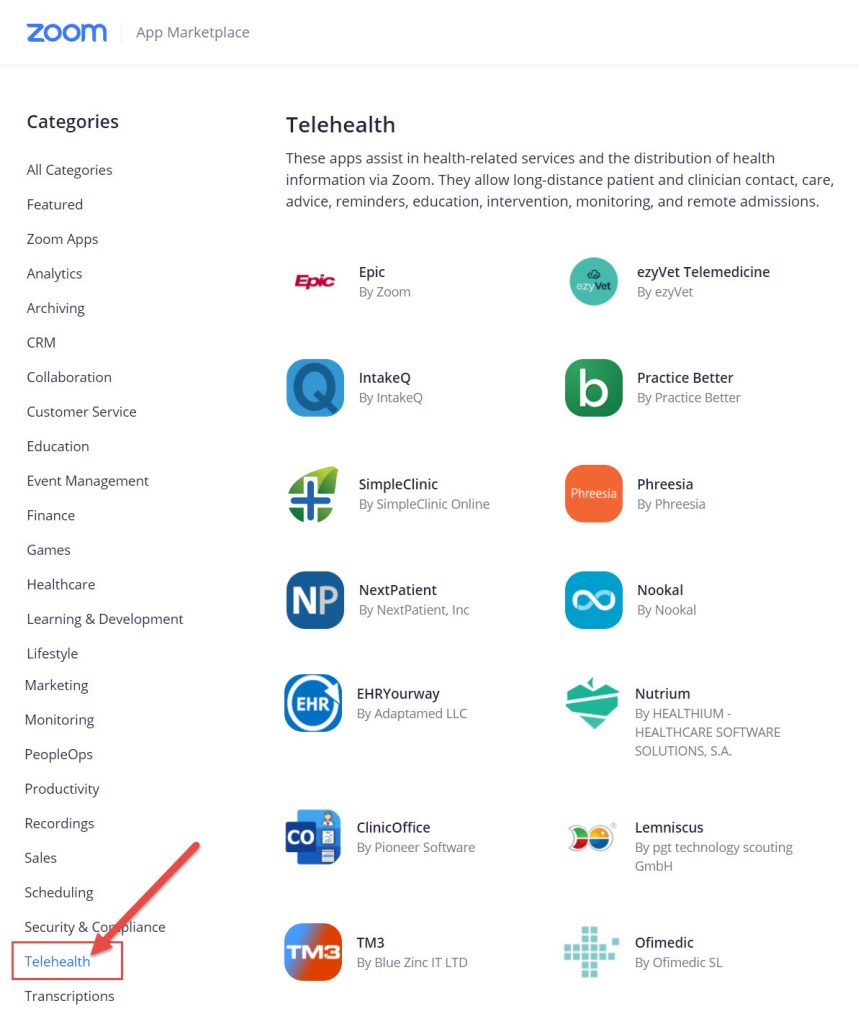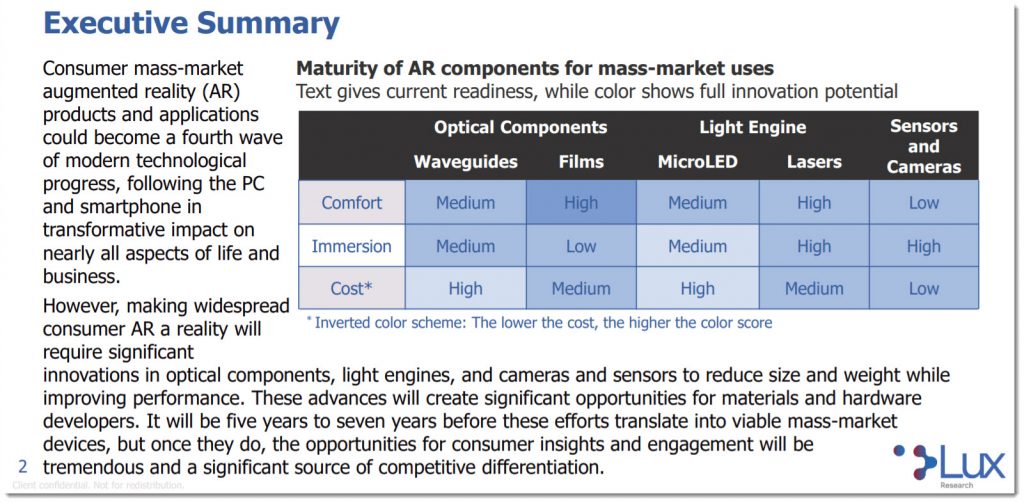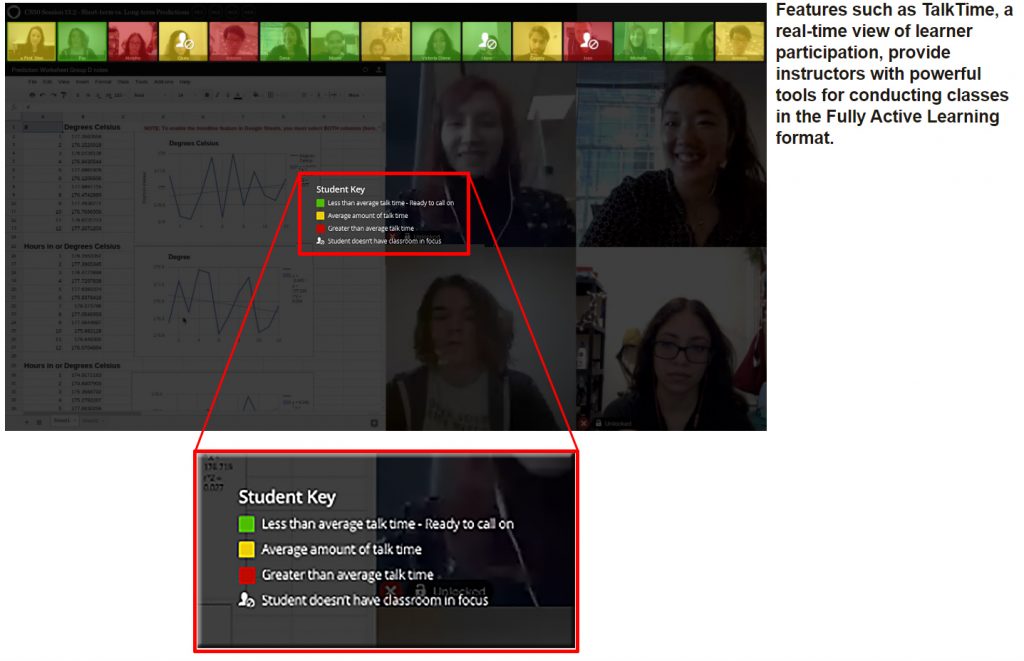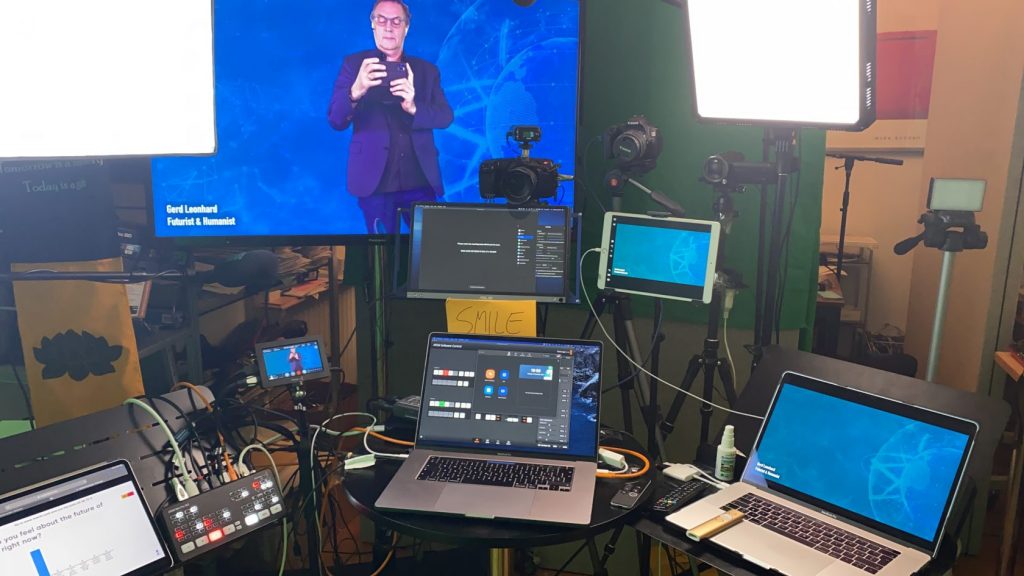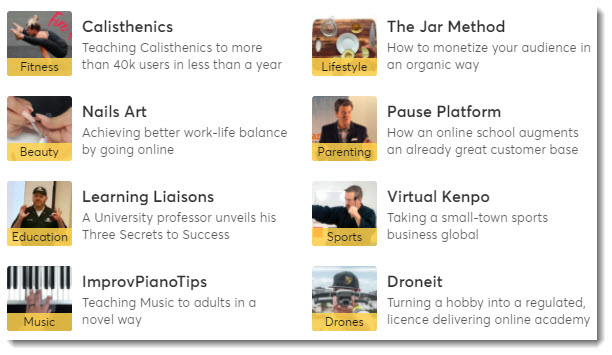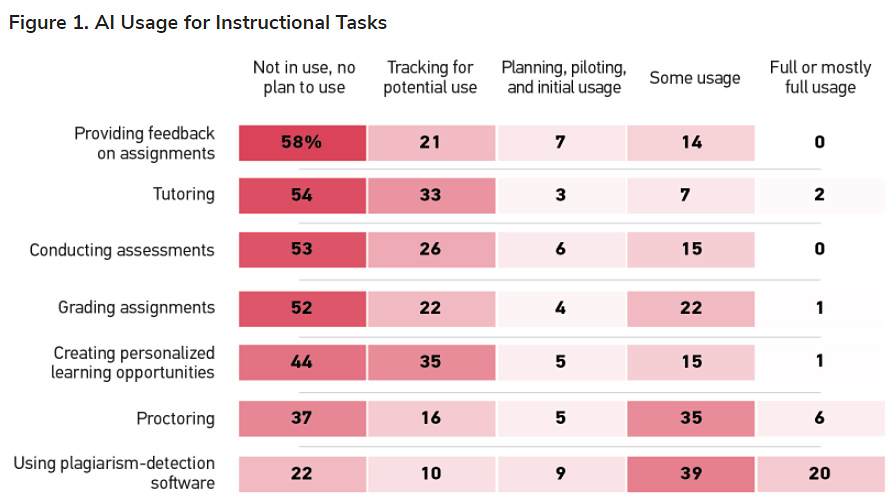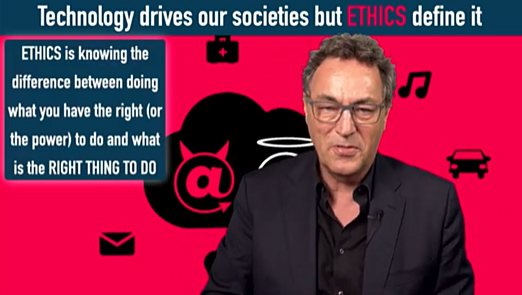Interesting list re: #telehealth and #zoom –>https://t.co/cDDkTO9zSu
DC: How soon/long before #telelegal has its own category as well?#videoconferencing #communications #emergingtechnologies #Internet #telecommunications #platforms
— Daniel Christian (he/him/his) (@dchristian5) August 19, 2021
The Hardware and Materials Innovations Enabling Consumer Augmented Reality — from luxresearchinc.com by Vladimir Roznyatovskiy
Excerpt:
Consumer mass-market augmented reality (AR) products and applications could become a fourth wave of modern technological progress, following the PC and smartphone in transformative impact on nearly all aspects of life and business.
However, making widespread consumer AR a reality will require significant innovations in optical components, light engines, and cameras and sensors to reduce size and weight while improving performance. These advances will create significant opportunities for materials and hardware developers. It will be five years to seven years before these efforts translate into viable mass-market devices, but once they do, the opportunities for consumer insights and engagement will be tremendous and a significant source of competitive differentiation.
“In person” classes offered in virtual reality — from zdnet.com by Greg Nichols; with thanks to Will Richardson for the resource
A virtual reality college campus welcomes students this fall.
Excerpt:
“With this cadaver lab, our pre-med students will no longer need to rely on other universities for advanced anatomy and biology classes,” said Dr. Shirley Brown, Dean of Fisk University. “Virtual reality technology takes our university to a level equal to the most advanced schools in the country.”
Could VR Stadiums Be The Future Of Live Esports? — from vrscout.com by Kyle Melnick
Virtex wants to revolutionize the way we view live esports by replicating the IRL stadium experience in VR.
Also see:
- Augmented, Virtual Realties Hold Promise for Government — from govtech.com
Excerpts:
From firefighting and social services to increased accessibility, public-sector agencies are using virtual and augmented reality to improve how staff train to interact with citizens — and it’s only the beginning.
…
From field operations to personnel training to service delivery, “there are a lot of opportunities to improve government through these immersive experiences,” she said. While state and local governments are still in the early stages of AR and VR adoption, a number of emerging use cases suggest the technology’s potential power.









